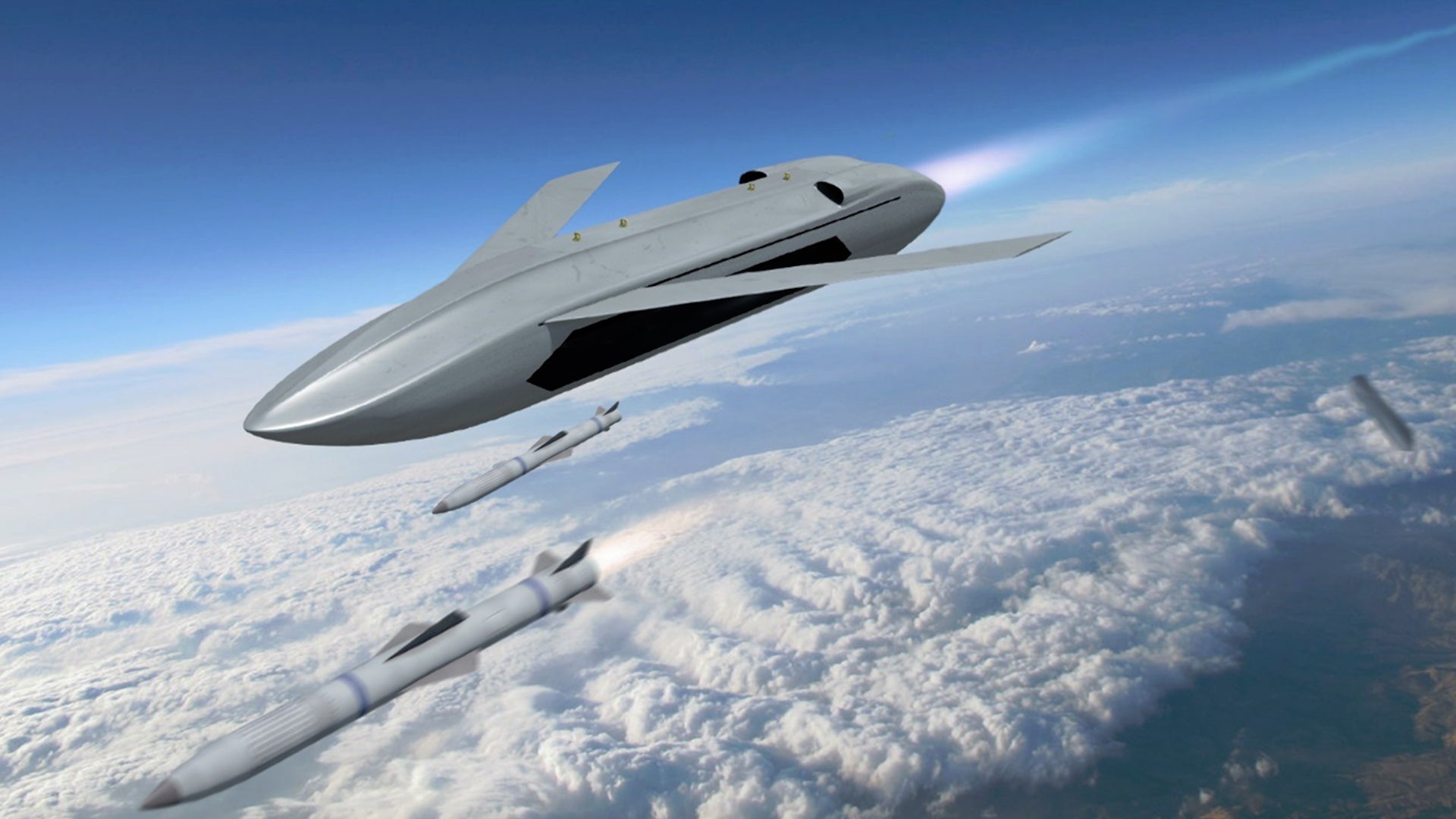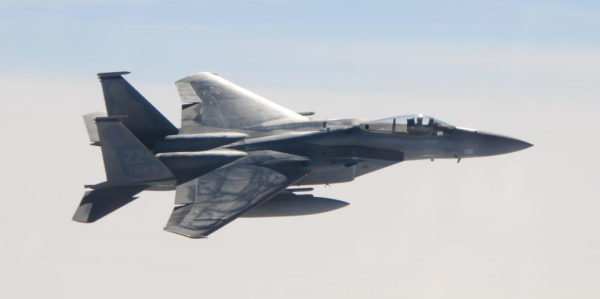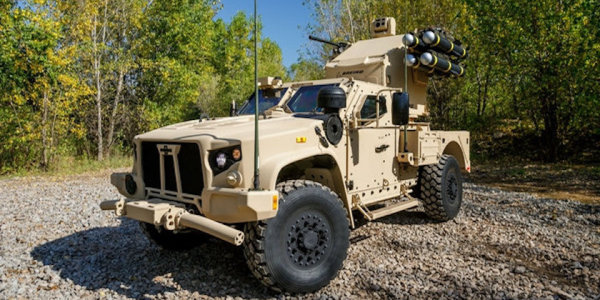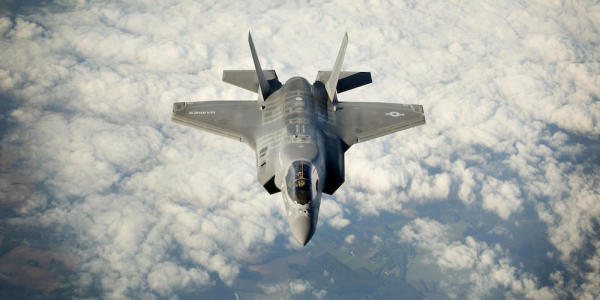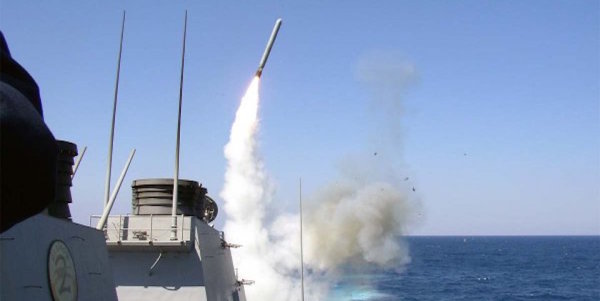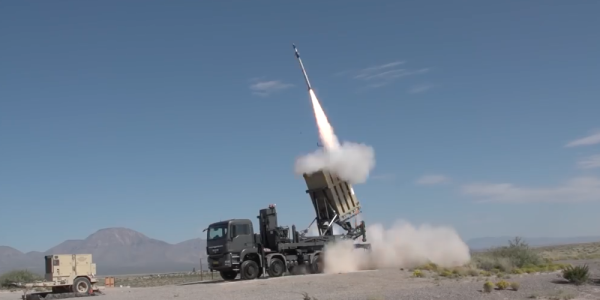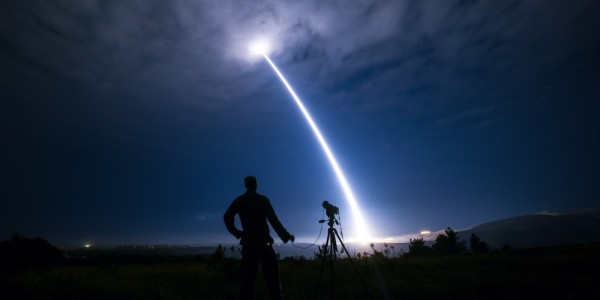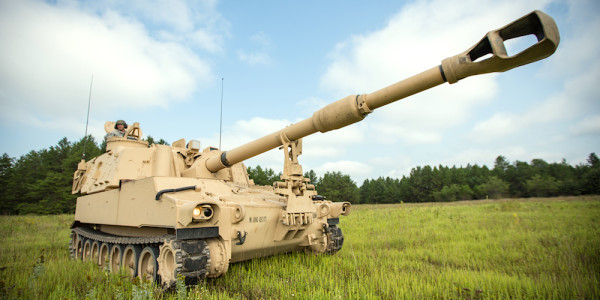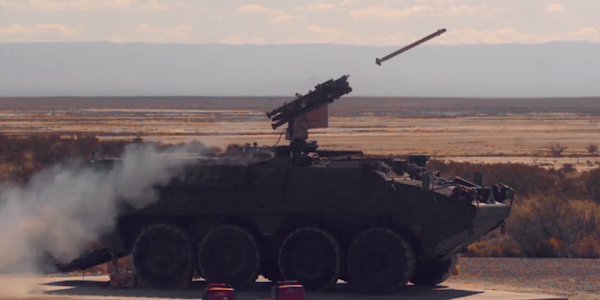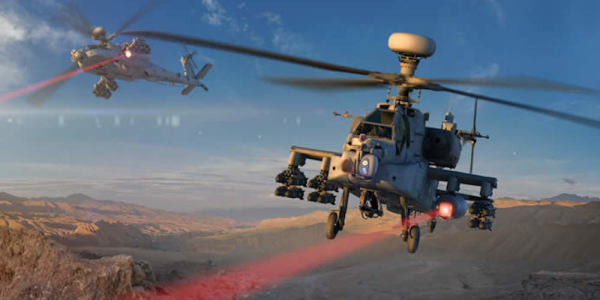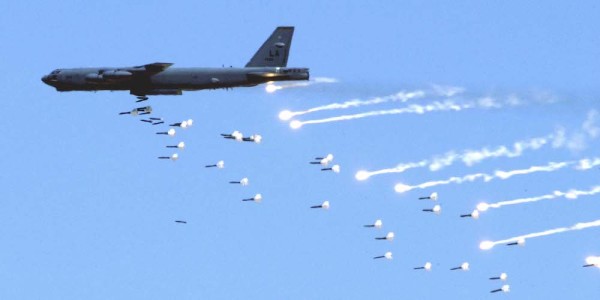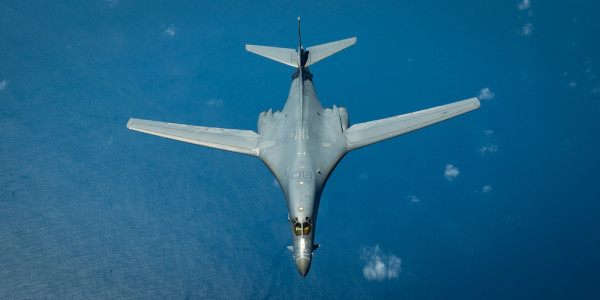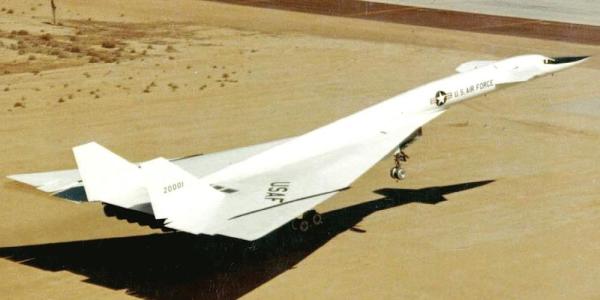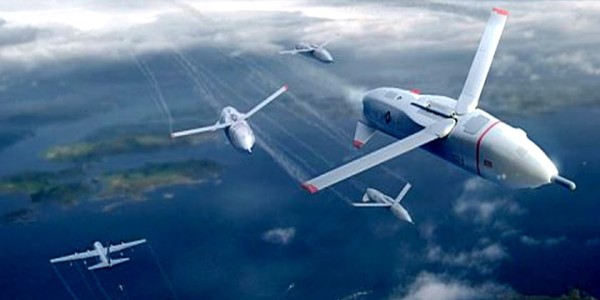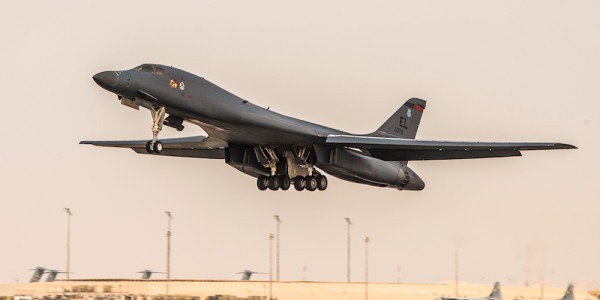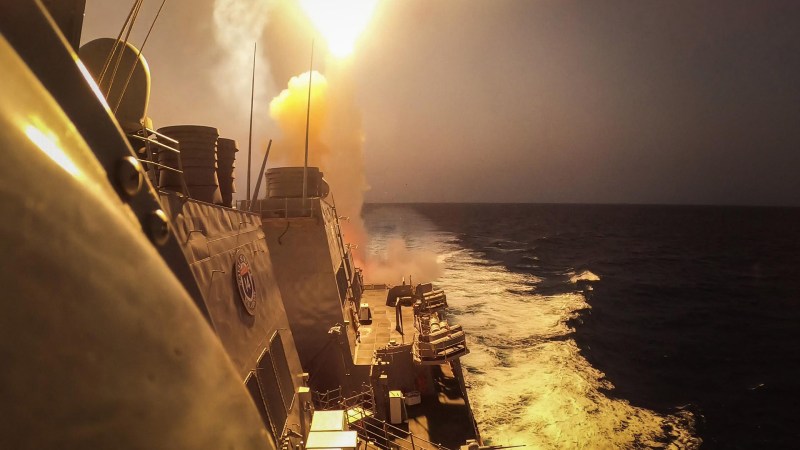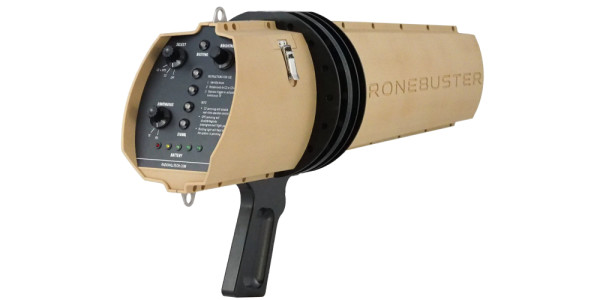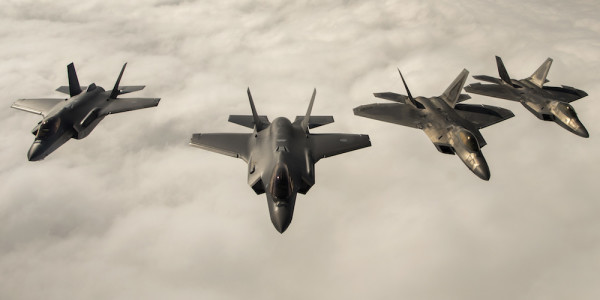The Defense Department is currently developing what can best be described as an air-launched combat drone bristling with its own arsenal of air-to-air missiles and designed to take our enemy aircraft at a distance.
The Defense Advanced Research Projects Agency (DARPA) announced on Monday that it has awarded contracts to General Atomics, Lockheed Martin, and Northrop Grumman as part of its nascent ‘LongShot’ program to “develop a novel UAV that can significantly extend engagement ranges, increase mission effectiveness, and reduce the risk to manned aircraft.”
“Current air superiority concepts rely on advanced manned fighter aircraft to provide a penetrating counter air capability to effectively deliver weapons,” DARPA said in a statement. “It is envisioned that LongShot will increase the survivability of manned platforms by allowing them to be at standoff ranges far away from enemy threats, while an air-launched LongShot UAV efficiently closes the gap to take more effective missile shots.”
Translation: LongShot drones will act as the first line of attack against enemy aircraft, striking with air-to-air missiles from extra-long ranges in order to reduce the risk of a counterattack against airborne U.S. military assets as they engage in specialized missions downrange.
“The LongShot program changes the paradigm of air combat operations by demonstrating an unmanned, air-launched vehicle capable of employing current and advanced air-to-air weapons,” DARPA LongShot program manager Lt. Col. Paul Calhoun said in a statement. “LongShot will disrupt traditional incremental weapon improvements by providing an alternative means of generating combat capability.”
The additional range offered by the LongShot program would certainly prove a desirable asset to U.S. military: As The War Zone rightly points out, LongShot comes as both the Navy and Air Force are working together to develop the AIM-260, a new long-range air-to-air missile designed to extend the range of traditional combat aircraft.
But rather than simply extending a traditional aircraft’s reach, the LongShot drone would only actually fire off its arsenal of missiles when its relatively close to a target, minimizing an enemy’s ability to evade an incoming weapon and vastly increasing the likelihood of a kill, a capability detailed in DARPA’s fiscal year 2021 budget request.
“An air system using multi-modal propulsion could capitalize upon a slower speed, higher fuel-efficient air vehicle for ingress, while retaining highly energetic air-to-air missiles for endgame target engagements,” according to the DARPA budget request.
“First, the weapon system will have a much-increased range over their legacy counterparts for transit to an engagement zone. Second, launching air-to-air missiles closer to the adversary increases energy in terminal flight, reduces reaction time, and increases probability of kill.”
LongShot isn’t the only airborne shit-kicker on DARPA’s to-do list: the agency originally proposed the program alongside GunSlinger, another novel weapons system that can best be described as an unmanned flying machine gun capable of loitering above potential targets for counterinsurgency operations, close air support, and air-to-air engagements.
The LongShot program calls for $22 million in funding for its first year of development, according to the agency’s fiscal year 2021 budget request. For more on the program and its history, I highly recommend this great piece from our colleagues at The War Zone.

